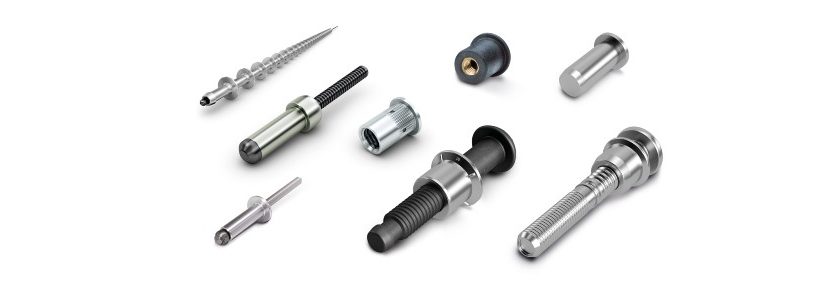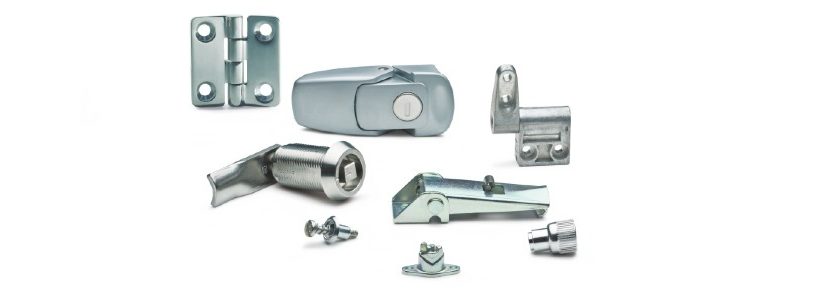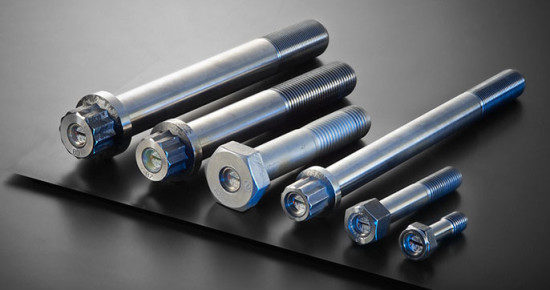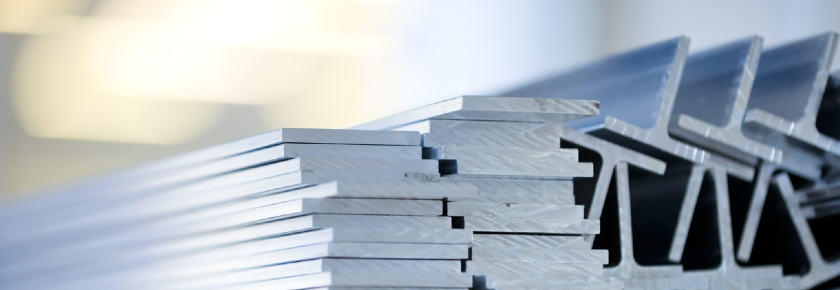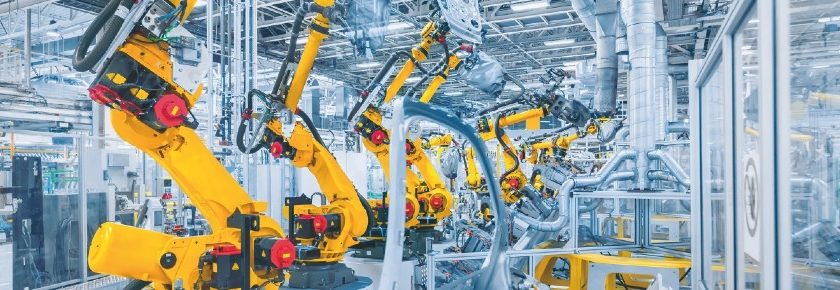Welcome to the expansive world of rivets. A rivet is a highly effective mechanical fastener comprised of a cylindrical stem on one end and the head on the other. As leaders in fastening technology, Bossard offers years of experience and knowledge designed to help you confidently make the best fastening decision for your application. Let’s take a closer look at three main types of rivets:
- Blind Rivets
- Blind Rivet Nuts
- Lock Bolts
Blind Rivets
Also known as break stem rivets, blind rivets are simply tubular fasteners with a mandrel in the middle. To apply blind rivets, they must be inserted into pre-drilled holes in the parts that are to be joined with a special tool that draws the mandrel through the rivet’s body. Then the blind end will expand, and the mandrel will be snapped off.
One of the most desirable attributes of blind rivets is they only require a one-sided exit. This is a massive benefit because most fastening solutions will require a two-sided exit. There are several different types of blind rivets, including:
- Non-structural: Engineered for applications with medium requirements regarding tensile and shear force.
- Structural: Employed by applications that have a higher requirement regarding tensile and shear force.
- Speed: Used in applications where manufacturing speed is paramount. These types of rivets are suitable for applications with low requirements for tensile and shear force.
Applications for Non-Structural Rivets vs Structural Rivets
The difference between these two types is the breaking point of the mandrel. On structural rivets, the breaking point is predefined and breaks always above the sheer edge of the application material. Also, the mandrel is mechanically locked inside the blind rivet body, which means it never falls out. The design of a structural rivet ensures the mandrel always supports the mechanical force/resistance in terms of shear and tensile forces regarding the fastening point.
A Closer Look at Speed Rivets
As the name suggests, speed rivets are used where manufacturing speed is necessary, and there are no high requirements for tensile and shear force within the application. The biggest advantage of utilizing speed rivets against other types of blind rivets is you don’t have to reload the installation gun each time you want to install it.
Blind Rivet Nuts
Blind rivet nuts are multifunctional fasteners. At first, blind rivet nuts can perform like a blind rivet — fastening two or more materials together with only a one-sided exit. However, the key advantage of using blind rivet nuts is their versatility in working with a vast range of materials.
Specifically, they can be used to bring in a strong and reliable thread into a thin or thick sheet metal plate, profile, composite, or plastics where thread forming is impossible. There are many types on the market.
- Standard rivet nuts with an open-end
- Standard blind rivet nuts
Lock Bolts
As a high-strength fastening solution, lock bolts consist of a separate pin and collar that are mechanically locked during the installation process. These fasteners boast the ability to withstand the toughest applications and environments that traditional screw and rivet joints wouldn’t be able to perform. Lock bolts also offer excellent resistance to vibration and material fatigue.
Ready to learn more about choosing the best rivet for your application? Watch our latest video — Rivet Technology from Bossard — and then reach out to the Bossard team for tailored fastening solutions.
Should I Use Weld Nuts, Self-Clinching Nuts, or Blind Rivet Nuts?

